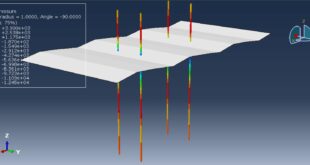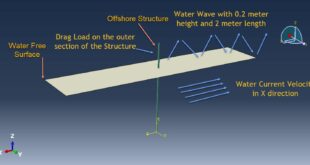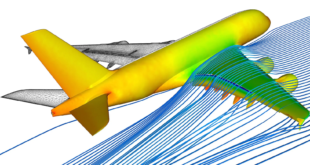In this tutorial, the Shear-bending failure modeling of concrete ribbed slabs strengthened with UHPFRC in Abaqus has been investigated. The slab has three sections, untracked concrete, cracked concrete, and UHPFRC. All three parts are modeled as three-dimensional solid parts. the steel reinforcements are modeled as wire parts. You can see a figure of the assembled parts below
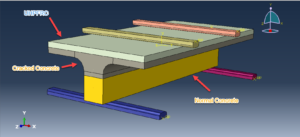
The preservation of historical buildings, or landmark structures, usually requires interventions to comply with the character of the building, but additionally to satisfy the demands of future use. Structural safety demands might call for strengthening measures, or, in some cases, even partial replacement. However, further to structural requirements, rehabilitation may also be necessary for cases of switch in the building use, expectations of increased loadings, or expansions.
After thoroughly evaluating candidate solutions, it was decided to employ Ultra High Performance Fiber Reinforced Composite material (UHPFRC) atop the slabs to increase the strength capacity of the sections. The use of UHPFRC for structural rehabilitation has been increasingly expanding in the past decades
To model cracked concrete, untracked concrete, and UHPFRC the Concrete Damaged Plasticity is selected. Both dynamic and static steps are used to model the flexural behavior of the slab. The proper boundaries and meshes are assigned to all parts
After the simulation, all results such as stress, strain, tensile damage, force-displacement diagram, and others are available. You can see some figures of the results below
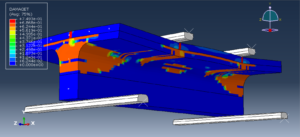
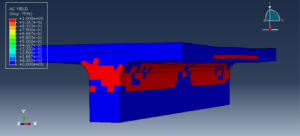
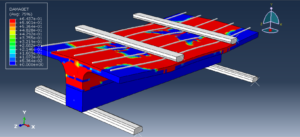
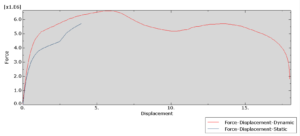
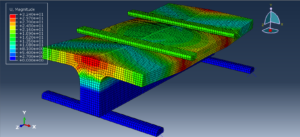
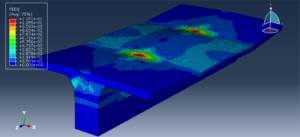
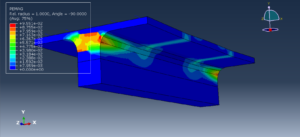
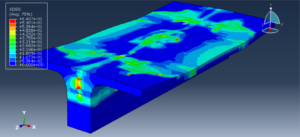
 Abaqus tutorials Abaqus tutorials
Abaqus tutorials Abaqus tutorials
